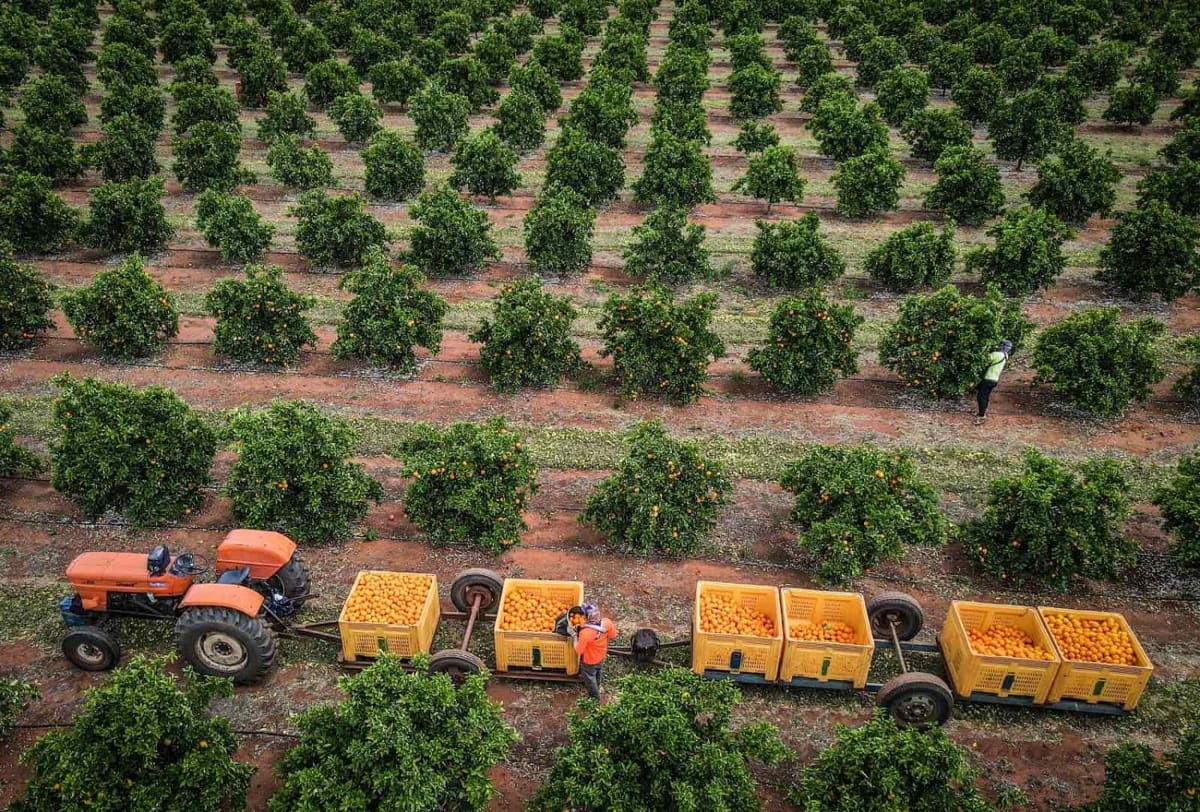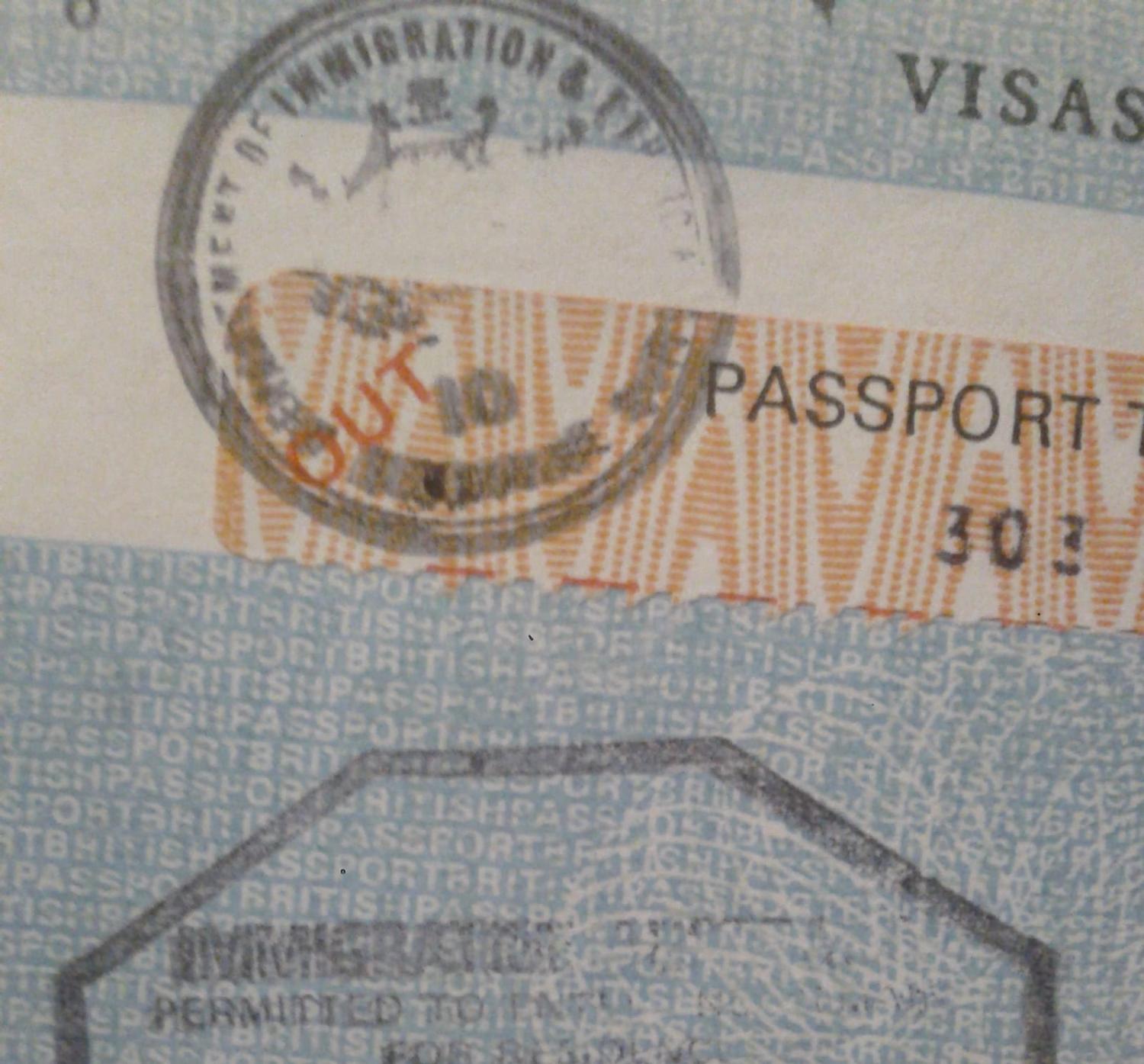After a recent ministerial meeting, Australia agreed to expedite visa applications from Papua New Guinea, including moving the visa processing office from Fiji to PNG, an important step toward removing a long-standing irritant in the relationship. This followed an earlier announcement to roll out a Pacific Engagement Visa (PEV) by July for an inaugural 3000 migrants each year from across the Pacific, which was hailed by the Albanese government as revolutionary.
The unveiling of the new visa category, which was first flagged in May last year, has come at a time of turbulence, following the heavy economic cost to the Pacific Islands region from the Covid-19 pandemic, the growing danger from climate change, and geopolitical competition, as highlighted in the recent Pacific Island’s Forum Security Outlook Report. Increased sensitivity over China’s presence in the region has led to subsequent competition from the United States, Australia and their allies including New Zealand and Japan.
This backdrop prompts questions about the genuineness of the new visa scheme. Is it a true “family” partnership, or just another expedient tool amid power rivalries?
The visa announcement certainly marks the start of an important chapter in Australian–Pacific diplomacy. The prospect of durable partnerships can set the basis for mutual expectations, accountability and increased trust and understanding.
But coming 22 years after the start of New Zealand’s Pacific Access Category, why did it take Australia this long, and why now? Is this more of a reaction to China, and what of the issues and values on which the Pacific should rightfully be consulted?
For example, no doubt the visa will boost the Australian economy, notably sectors with acute skills shortages such as nursing, age care, agriculture and hospitality. But while assurance exists for access to social safety nets (Medicare and family tax benefit), it’s not yet clear what support is accorded to families and governments to facilitate travel from countries of origin, considering migrants would be low-income families. And how is Australia supporting Pacific Island countries to address potential brain-drain risks, noting that even though the visa targets low to semi-skilled workers, it does not bar skilled workers from applying?

The visa could complement Australia’s leadership on the challenges associated with climate change, yet information is also lacking about the role that the new visa category can and must play to offer preferential treatment for climate-threatened Pacific Island countries. At least this was not the message Foreign Minister Penny Wong conveyed in a press conference in Fiji recently. A more strategic and selective visa strategy is in order to ensure better labour market access to Pacific workers under the Pacific Australia Labour Mobility (PALM) program and furthermore, it should not just be based on a pro rata arrangement.
Consultations with Pacific leaders have been alluded to but there is little detail as yet to what matters were discussed. Nor is it clear the level of stakeholder engagement undertaken by the Australian government in the development of the Pacific Engagement Visa or with communities in Australia about the new cohort of Pacific migrants.
Another issue that has fallen off the radar is whether existing temporary workers from the PALM program will have access to this visa. Last year, Wong announced that PALM workers will be able to bring in families, although to date there is a dearth of information about how this will operate and when it will commence, or whether family travel will be facilitated through the PEV or a separate immigration process. Workers last year asked if they were eligible for the visa considering their experience, exposure, employment status and established connections in Australia. It is crucial that the new visa builds on the success and lessons from the PALM process, yet there appears to be no synergy between the two programs.
It is in the interest of the Australian government to appropriately compensate the more than 7200 PALM workers who received special visas to remain working in Australia throughout the pandemic without seeing their families for up to five years. The logical approach would be to absorb this cohort first to trial the PEV or at least enable them to apply. Otherwise, what guarantee is there that the silos of outstanding PALM cases on one hand, and incoming PEV migrants on the other, will streamline processes?
To build on New Zealand’s experience with its visa scheme, Australia must ensure cultural education and awareness takes centre stage in both the development and explanation of the policy. It is a two-way partnership, not just for Pacific migrants to learn about Australia, but equally critical, the other way round. The PEV can only succeed in its aims in partnership, with Pacific Island countries and communities in Australia an integral part of the discussions. This will lend legitimacy to the process, particularly with sensitivities about mutual economic benefits, including care, welfare, and dignity and decent conditions for Pacific workers.
With less than four months until the visa is said to be operating, it is up to the Australian government to strengthen dialogue on these concerns bilaterally with the Pacific Island countries and employer communities in Australia.


